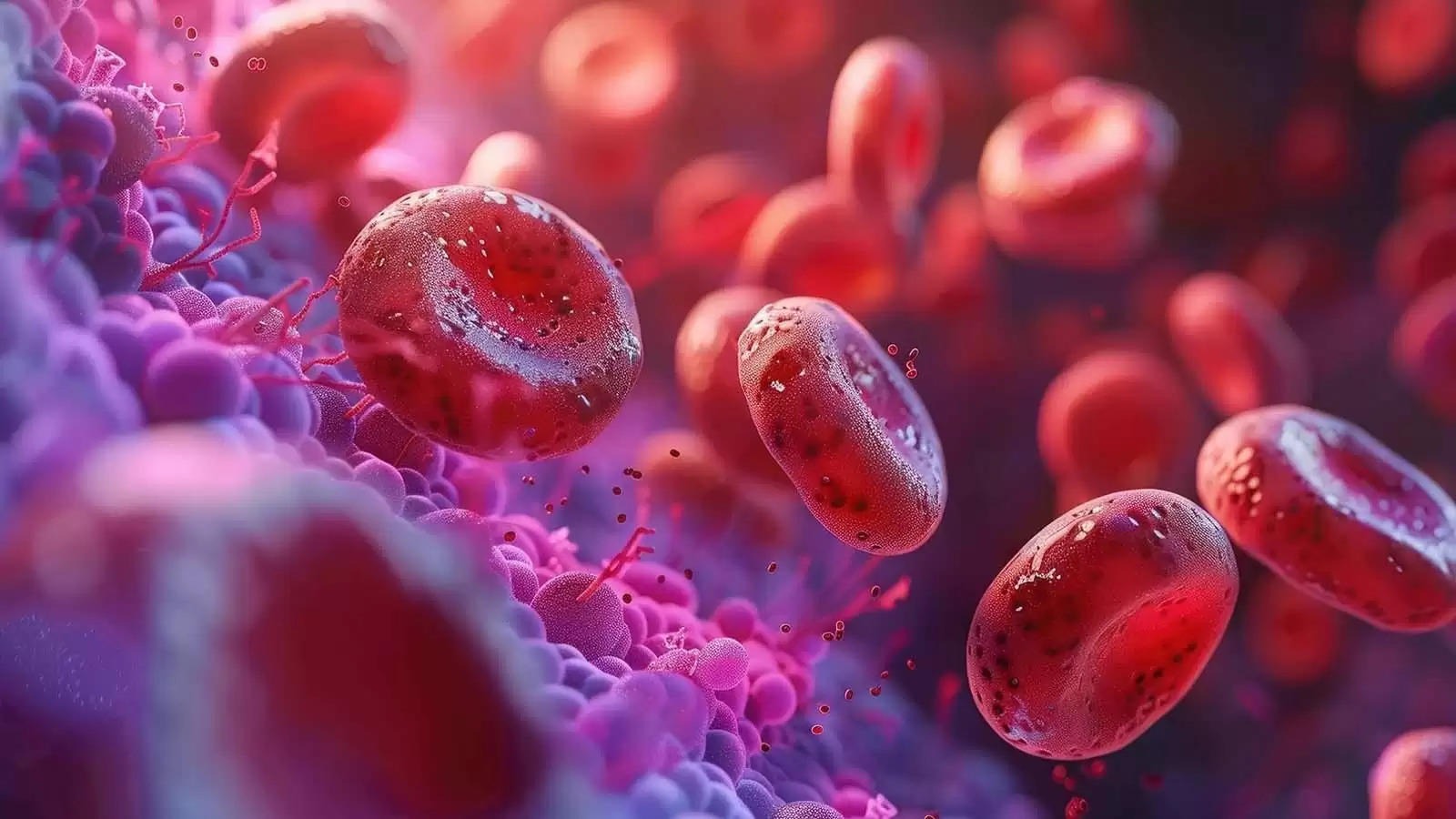Our body is made in such a way that neither too much nor too little of anything is good for it. This also applies to hemoglobin levels. Low hemoglobin can cause problems like fatigue, weakness and anemia, but too much hemoglobin can be dangerous. Maintaining proper hemoglobin levels is important for overall health. If your hemoglobin level remains consistently high, it is important to understand the potential risks associated with it.
What is hemoglobin?
Hemoglobin is a protein found in red blood cells that is responsible for carrying oxygen throughout the body. When hemoglobin levels become too high, it thickens the blood, affecting blood circulation and can lead to many health problems. For men, a hemoglobin level of more than 16.6 g/dL and for women, a hemoglobin level of more than 15 g/dL is considered excessive.
Due to increase in hemoglobin
According to health experts, common causes of increase in hemoglobin levels include living at high altitude, smoking for a long time, dehydration and chronic obstructive pulmonary disease (COPD), which limits oxygen in the body. In more severe cases, a rare bone marrow disorder called polycythemia vera may be responsible, where the body produces too many red blood cells. Other conditions such as heart disease, cancer, and certain blood disorders can also increase the risk of high hemoglobin concentrations.
Risks of High Hemoglobin
blood clots: High hemoglobin can increase the risk of blood clots forming, which can lead to serious conditions like heart attack, stroke or deep vein thrombosis.
high blood pressure: Excessive hemoglobin can thicken the blood, leading to high blood pressure.
Fatigue and Dizziness: High hemoglobin levels due to poor blood circulation can also cause symptoms like fatigue and dizziness.
 look news india
look news india
